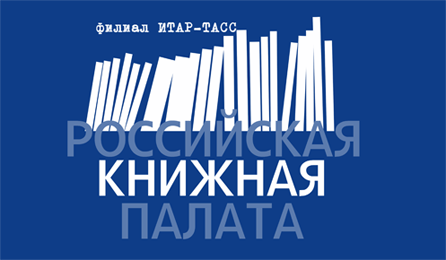Rodoman B. Russian cultural landscape: Theoretical and practical implications of the concept // The Russian Peasant Studies. 2021. V.6. №1. P. 13-25.
DOI: 10.22394/2500-1809-2021-6-1-13-25
Annotation
The author argues that the precise final definitions (recognized and universal) are often less important for scientists than the key features of the studied phenomena. Therefore, the author suggests to combine different concepts in order to get a working and temporary definition of the cultural landscape. The article presents this term as non-evaluative, mainly typological, non-taxonomic and ‘real’, which allows to consider its borders with the natural landscape as mobile, conventional and relative due to the fact that both landscapes are affected by human activities. The author describes factors and trends in the development of the cultural landscape, and regionalization as a tool to study and preserve it. The Russian cultural landscape is primarily determined by the interaction of the state with nature due to the obvious shortage of self-organized local communities. The author identifies endogenous (internal) and exogenous (external) factors in the (self)-development of the cultural landscape, which can be either stimulating or hindering. As the main features of the Russian cultural landscape the author considers its historically developed rhythm and ability to self-recover, which differ by country and region. Centuries of the military-colonial despotism and unprecedented centralization of the supreme power have turned the Russian space into a totalitarian landscape with the hypertrophied radial connections and the suppressed peripheral connections, which is embodied in the administrative-territorial division and determined the extraordinary social-economic, geographical, ecological and territorial polarization. The Russian landscape has a very specific feature – the so-called ‘inner periphery’, or hinterland (relative and ubiquitous): these are territories located closer to the country’s cores than to its outskirts but with all negative features of the outskirts. This inner periphery plays an important role in the preservation and development of the natural landscape as a potential basis of the territorial ecological framework, but to ensure such a role we need a comprehensive cultural-historical regionalization.
Keywords
Landscape, cultural landscape, administrative-territorial division, etatization of landscape, anisotropic landscape, ecological potential of administrative borders, social-economic polarization, hinterland, inner periphery, regionalization, cultural-historical areas.
About the author
Rodoman Boris B., DSc (Geography).
E-mail: This email address is being protected from spambots. You need JavaScript enabled to view it.






















